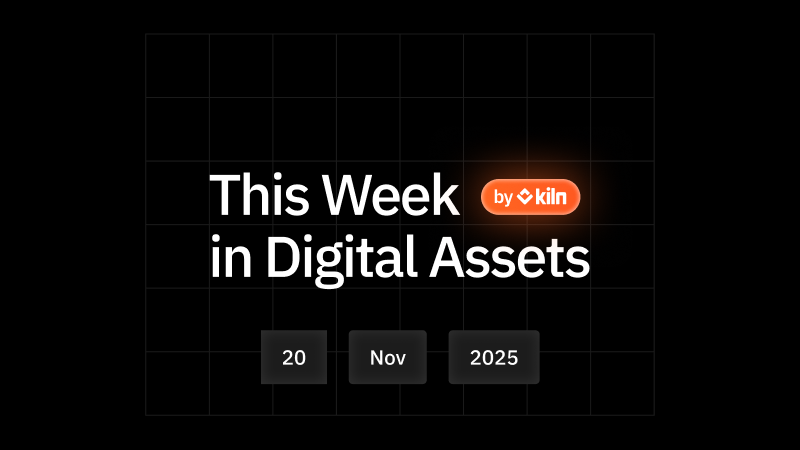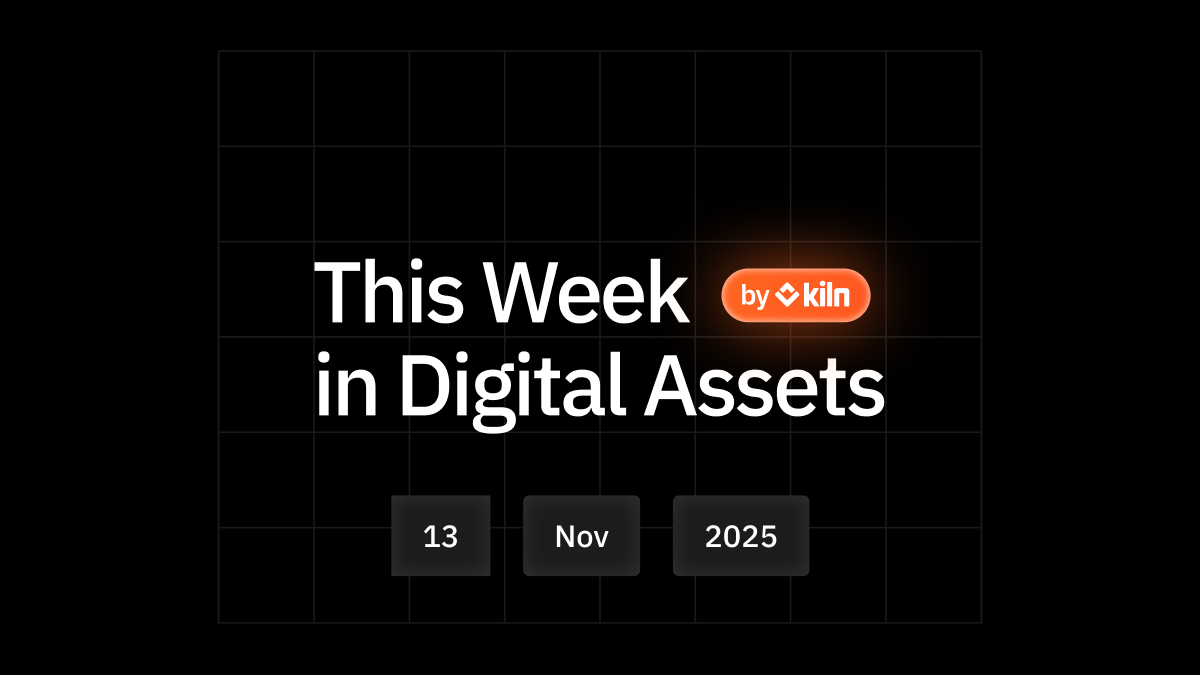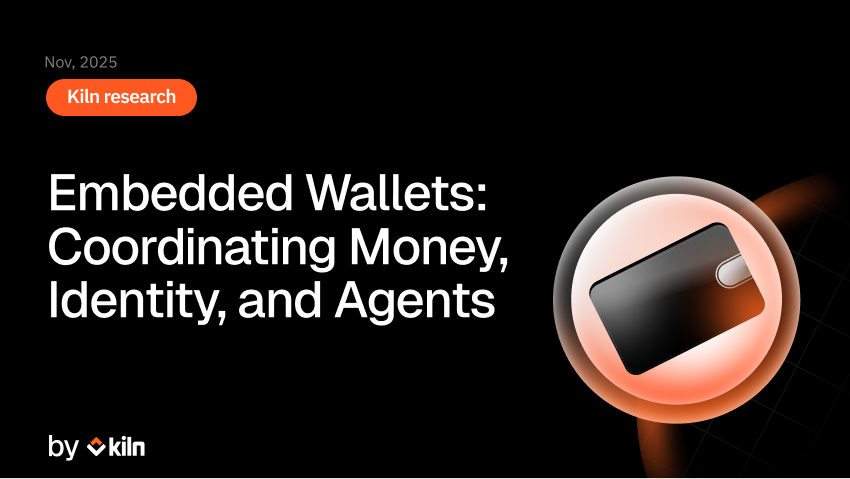Comparing staking options: Native, Pooled, and Liquid - Finding the right approach for you
 < Blog
< Blog
With its significant market capitalization, Ethereum holds the position as the second-largest cryptocurrency and is the leading Proof-of-Stake protocol within the crypto ecosystem.
When it comes to staking on Ethereum, you have multiple options and various service providers to choose from.
It is worth noting that there are three main types of staking available: native staking, pooled staking, and liquid staking.
Native staking
Native staking allows you to actively participate in the network as a validator by staking batches of 32 ETH. Validators play a vital role in securing the network, proposing, and validating blocks, and maintaining consensus.
As a validator, you earn rewards in the form of ETH which are generated by the protocol itself. Native staking comes with the responsibility of running your own validator node and ensuring its smooth operation through ongoing maintenance and management.
You own the individual validator which will earn rewards that are solely for you, rewards are not shared with any other user in this case. Your 32 ETH is not mixed with other users and is deposited against your validator directly.
Rewards are not earned instantly after your initial staking transaction as there is an activation process enforced by the protocol. You may need to wait days, weeks (or months in extreme cases) before your validator is active. Similar to activation, there is a deactivation, and exit queue processes that may take days or weeks.
Native staking is viewed as the least risky option when it comes to the staking landscape.
Choosing the right approach: Solo staking vs. Validator-as-a-Service
You have two primary options: running and managing the validators yourself (DIY staking) or utilizing a third-party service to handle the operation of your node (known as validator-as-a service or VaaS).
With solo staking, you take on the responsibility of running and maintaining your own validator nodes. This requires technical expertise, infrastructure setup, and staying up-to-date with network upgrades.
On the other hand, validator-as-a-service providers, like Kiln, offer the convenience of managing the validator on your behalf. They handle the technical aspects, maintenance, and ensure its smooth operation. In exchange for their services, they typically charge a commission on earned rewards.
Choosing the right service provider is important because staking is not completely risk free. Validators face penalties for violating network rules, ranging from minor issues like downtime to more severe infractions like double signing or coordinated attacks. Penalties incurred include missed rewards or "slashing", where the validator's staked funds are partially reduced or entirely lost.
While different validator-as-a-service providers may have variations in their offerings and billing processes, their core purpose remains the same: to alleviate the burden of managing a validator and provide you with a hassle-free staking experience for a reasonable fee.
Balancing rewards and accessibility: Locking ETH, bonding and unbonding periods
Your ETH is locked during the entire staking process, during which it is not readily available for immediate use or trading. This lack of liquidity can pose a risk if you need to access your ETH quickly or if market conditions change unfavorably.
Additionally, it's important to be aware of the bonding and unbonding periods (known as validator entry, exit, and withdrawal queues). This refers to the time it takes for validators to enter and exit the system, as well as the withdrawal queue that processes the return of your 32 ETH. For most of this period your validator will not be earning any rewards while your 32 ETH remains inaccessible.
These queues are in place to ensure orderly entry and exits of validators, and to preserve the security of the blockchain. You will need to be aware of this as it may not align with your goals and preferences.
Plan your approach to staking upfront
Another consideration is that ownership of the validator, as well as the withdrawal credentials, are permanently tied to the wallet from which you initiated the stake. You cannot transfer ownership, exit your validator, or withdraw your 32 ETH to any other wallet. With this in mind, it is imperative that you never lose access to your wallet or private keys.
This also means that if you want to spread your risk when creating multiple validators, or staking from a hardware wallet instead of a web wallet, you must plan this before you start staking.
Short or long term commitment?
A common misconception is that the gross rewards rate is a given in native staking, whilst the reality is that there is variability in this rate when running an individual validator.
Validators earn different reward types that vary in frequency and profitability, and are also influenced by an element of luck. Validators require time and more opportunities to actively participate and increase their chances of earning rewards.
While there is a possibility of participating in a lucrative block, there's also the risk of being unlucky and missing out on these opportunities. In extreme cases, validators may even fail to win blocks at the normal frequency rate.
Successful native staking requires a patient and forward-thinking approach to mitigate the impact of short-term fluctuations. Over time, the average reward rate for individual validators typically smoothes out closer to the network average, but there are always outliers in either direction.
Pooled staking
Pooled staking (or ‘staking pools’) provides the opportunity to stake any amount of ETH, as your stake is combined with other users’ to meet the required 32 ETH deposit. Pooled staking opens the doors to a broader range of participants in the Ethereum ecosystem, making it more accessible.
Because this is not supported natively on the protocol, pooled staking can be viewed as more risky than native staking because of the additional counterparty risk.
The rise of pooled staking
While Ethereum's protocol does not natively support staking pools, third-party solutions offer pooled staking services to fill this gap.
Staking pools are managed by a pool operator, such as Kiln, with the participation of multiple stakers; typically less than 32 ETH as is a requirement for native staking. Rather than owning your validator, your stake is combined with other users to meet the required 32 ETH deposit.
The operator is responsible for activating and deactivating validators in line with deposit and withdrawal activity, and managing the validator infrastructure supporting the pool.
This collaborative approach allows individuals to benefit from staking rewards while mitigating the need for owning and operating entire, individual validators. Users effectively own a percentage of the pool based on their contributions.
Immediate rewards, no bonding
Unlike in native staking, you do not own an individual validator. Validators within the pool operate in exactly the same way by generating rewards through validating blocks and maintaining consensus. The distinction being that rewards are retained and distributed based on each participant's percentage ownership of the pool. The value of the participants' ownership increases in line with rewards earned by the pool.
In contrast to native staking, staking pools offer immediate rewards without a bonding period. This does mean, however, that new entrants to the pool are diluting rewards for those who have already staked tokens.
Full or partial withdrawals of your original stake can be requested at any time, subject to processing times.
Liquidity and navigating withdrawals
Your staked ETH is locked and not readily available for immediate use or trading, just like in native staking. As the pool earns rewards, the value of your initial stake grows over time. Therefore, when you decide to withdraw either partially or in full, the pool will return your ETH to you, including the additional amount gained from the accumulated rewards.
The pool operator manages the available ETH in the pool to service validator creation and withdrawals. Pools will typically have some type of exit queue in place that ensures a fair and orderly process for participants seeking to regain their staked assets from the pool.
In the event of more withdrawal requests than ETH available, validators may need to be exited in order to use the 32 ETH to accommodate the withdrawals, so processing time may take days or weeks.
Plan your approach upfront
The ownership of your stake and the withdrawal rights are permanently tied to the wallet from which you initiated the stake. You cannot transfer ownership or withdraw to another wallet so, like native staking, it is important that you never lose access to your wallet or private keys. With this in mind, plan your approach before you start staking.
Short or long term commitment?
Gross rewards rates of a pool are not guaranteed. The risks and luck associated with different reward types, and the impact of short-term fluctuations that is present with dedicated validators, is somewhat mitigated as rewards are shared out amongst many validators.
With the lack of bonding periods and less exposure to short-term reward fluctuations, pooled staking can be a shorter term commitment than native staking.
Liquid staking
Liquid staking is pooled staking with a twist.
You stake any amount of ETH into a pool, with the pool operator managing the validator infrastructure. Pools earn rewards via validators securing the network, proposing and validating blocks, and maintaining consensus. Rewards are pooled and distributed to users based on each participant's percentage ownership.
The primary difference is that you will receive a transferrable receipt token (liquid staking token) in exchange for your stake. The token represents your stake in the pool, acts as proof of ownership, and allows withdrawal rights. It can be transferred to other wallets, and may be accepted by other services as collateral for further reward generating activities all while you continue to earn staking rewards.
Liquid staking is often viewed as the riskiest option compared to pooled or native staking, as it introduces further counterparty risk as the receipt tokens are transferable.
Accessibility and liquidity
Liquid staking, as the name suggests, opens the door to many options not available with native and pooled staking.
Your staked ETH is still locked and not readily available for immediate use or trading, however your transferrable receipt tokens are accessible, liquid, and give you more flexibility.
You can transfer them to another wallet in the event of a security incident with your primary wallet, to spread risk between multiple wallets, or for movement to a more secure wallet in the future. Tomorrow’s hardware wallets may be infinitely more secure than those of today!
They can potentially generate additional earnings alongside pooled staking rewards by leveraging DeFi and collateralization, as well as being traded on decentralized exchanges.
With liquidity comes risk
If you lose your receipt token, it means losing your staked ETH. This can occur, for example, as a result of making poor trades or experiencing liquidation in a DeFi lending protocol.
There is also the risk of the value of your receipt token deviating from the value of the underlying asset (your share of the pool in this case) which can occur due to factors such as volatile market conditions, liquidity challenges, and regulatory changes. It's important to be aware of this risk and consider the potential impact.
There is also the risk of the value of your receipt token deviating from its original pegged value, which can occur due to factors such as volatile market conditions, liquidity challenges, and regulatory changes.
Receipt token types
Depending on the pool operator or the application built on top of the pool, there are various types of receipt token models available, such as aTokens (AAVE) and cTokens (Compound). These token models have distinct characteristics.
With aTokens, the amount you hold will remain constant while their value grows over time. This means that the number of aTokens you own will not change, but their value will increase as the pool generates more rewards.
cTokens maintain a fixed exchange rate with the underlying asset. As rewards are earned in the pool, the number of cTokens you hold increases. This allows you to accumulate a greater quantity of tokens representing your share of the pool's rewards.
aTokens are highly composable, relative to cTokens, and can be easily integrated and utilized across diverse DeFi protocols, applications, and platforms.
Comparison: staking options at a glance

Conclusion: Choosing the right staking approach for you
In conclusion, Ethereum staking offers multiple options to participate in the network and earn rewards.
Ultimately, the choice of staking approach depends on your risk appetite, technical capabilities, and desired level of control and flexibility. By carefully weighing the pros and cons of native, pooled, and liquid staking, you can make an informed decision that aligns with your long-term goals in the Ethereum ecosystem.
Kiln is the leading enterprise-grade staking platform, enabling institutional customers to stake assets and whitelabel staking functionality into their offerings.
With Kiln On-Chain, integrators can offer their users with native staking, staking pools, and liquid staking options. Our innovative suite of smart contracts enables a non-custodial approach, whilst automating validator management, rewards and commission management.
About Kiln
Kiln is the leading staking and digital asset rewards management platform, enabling institutional customers to earn rewards on their digital assets, or to whitelabel earning functionality into their products. Kiln runs validators on all major PoS blockchains, with over $11 billion in crypto assets being programmatically staked and running over 5% of the Ethereum network on a multi-client, multi-cloud, and multi-region infrastructure. Kiln also provides a validator-agnostic suite of products for fully automated deployment of validators and reporting and commission management, enabling custodians, wallets, and exchanges to streamline staking or DeFi operations across providers. Kiln is SOC2 Type 2 certified.

















